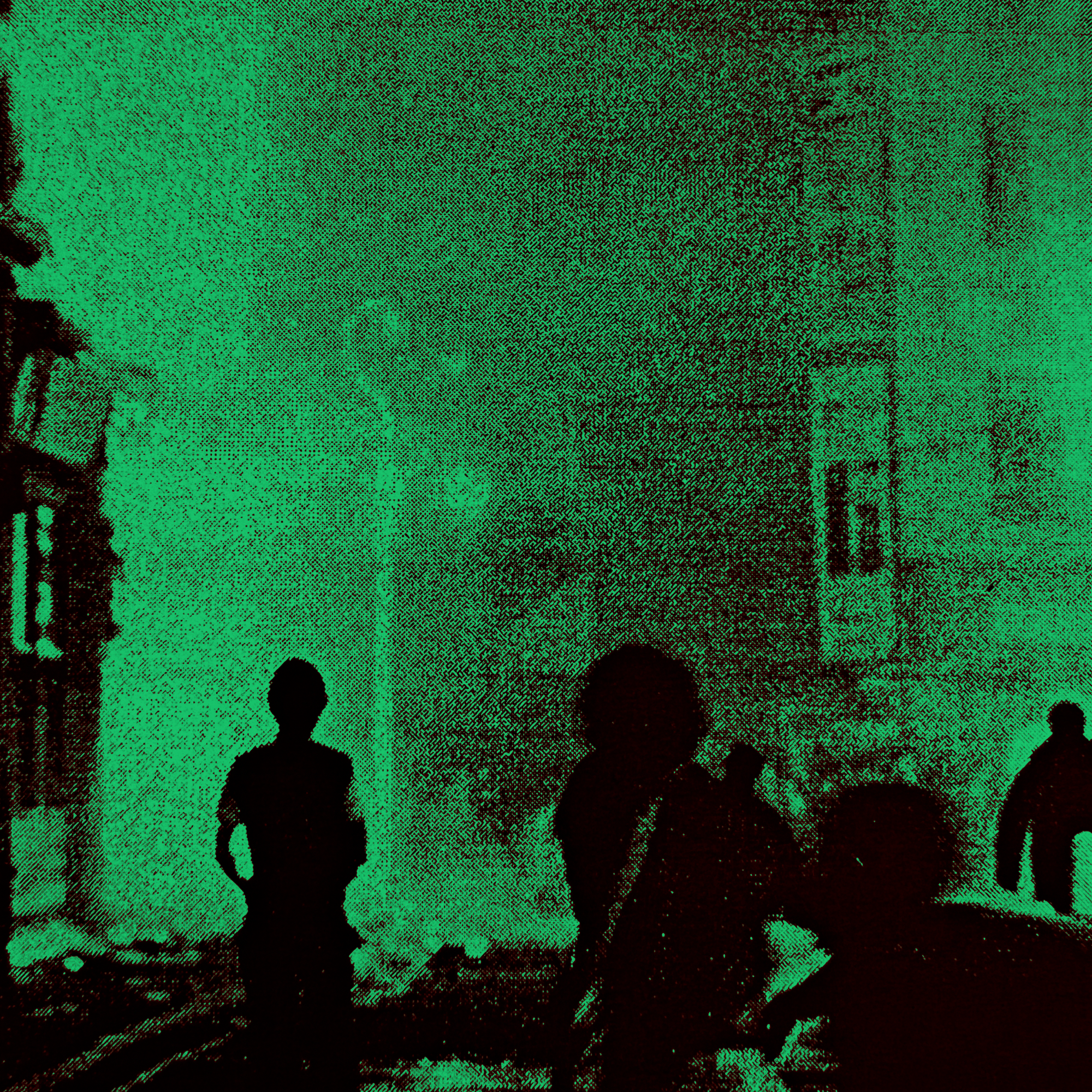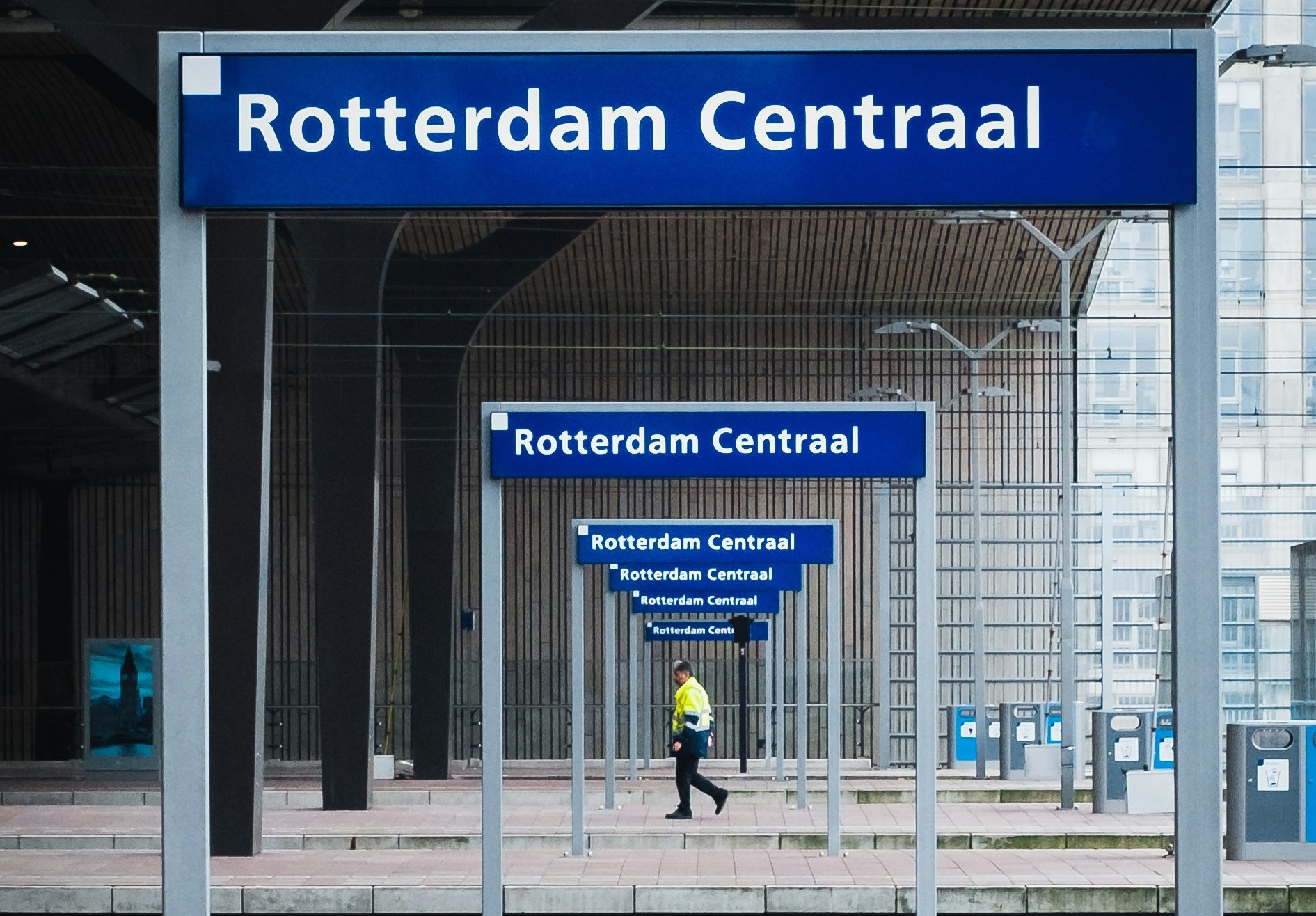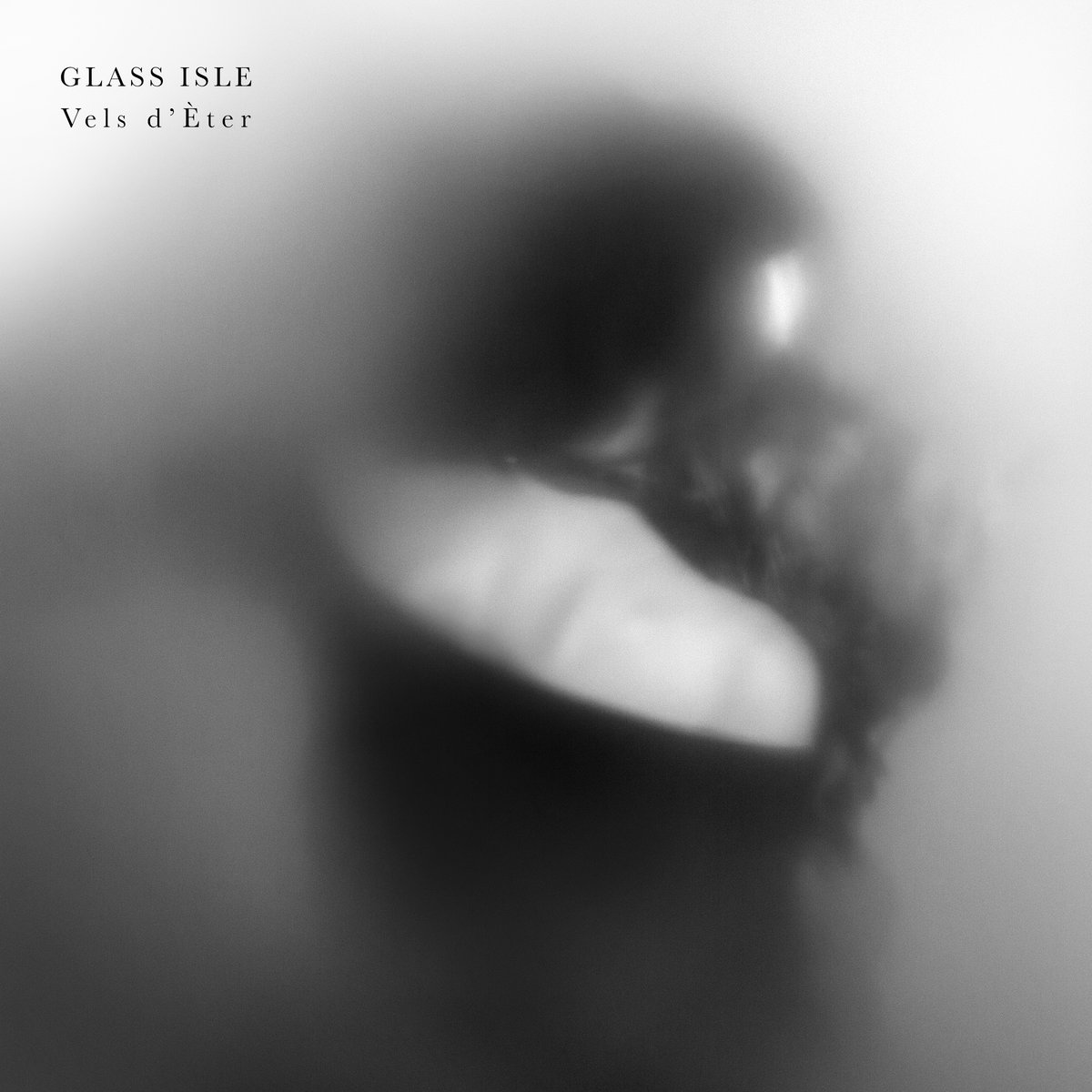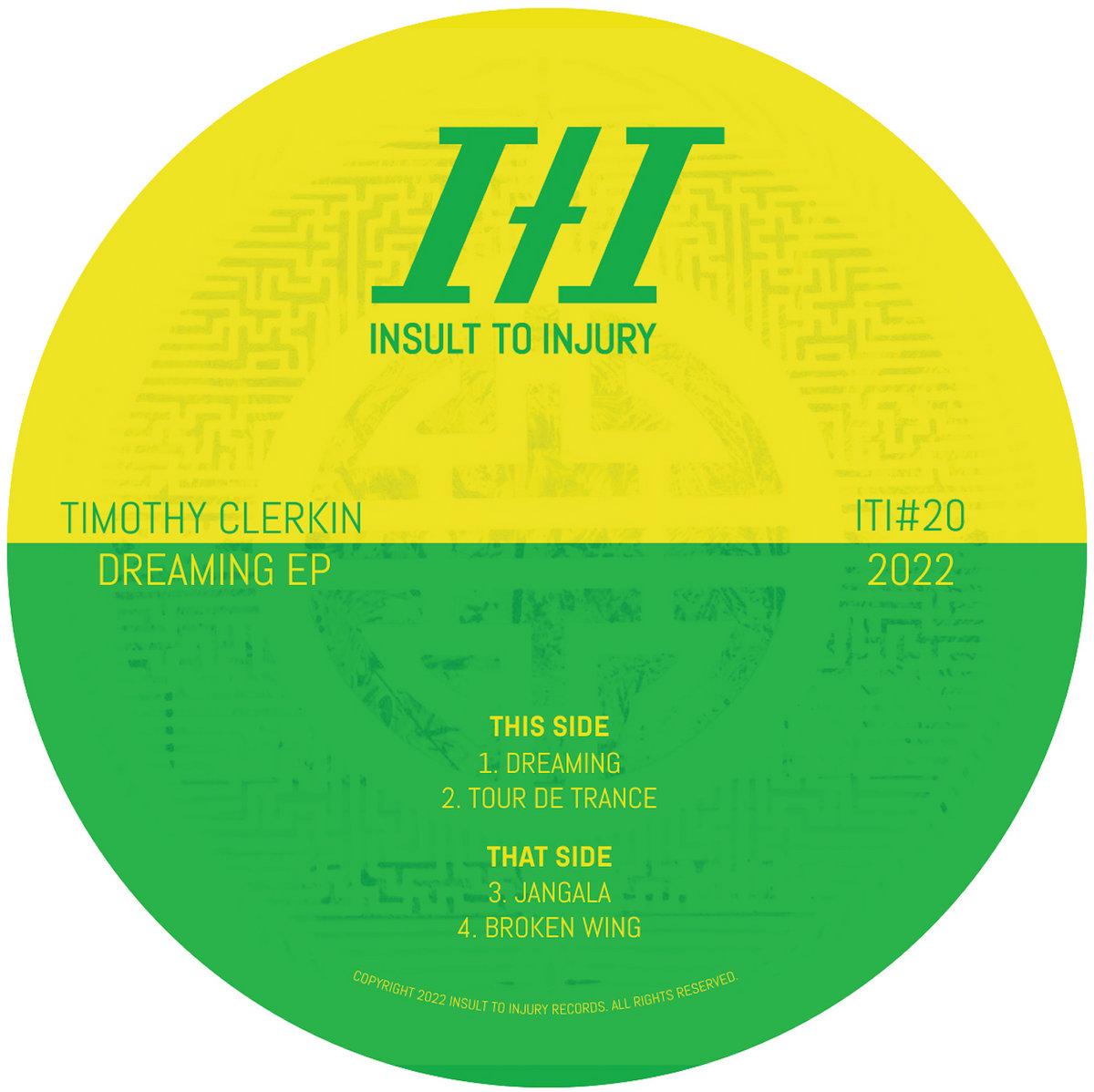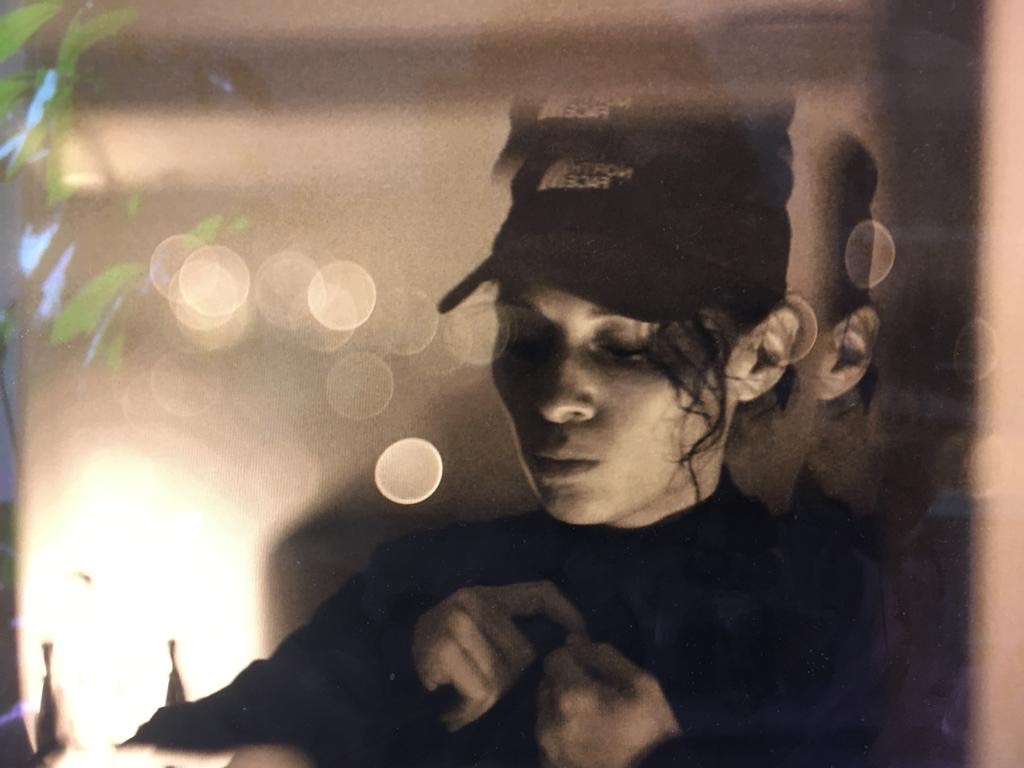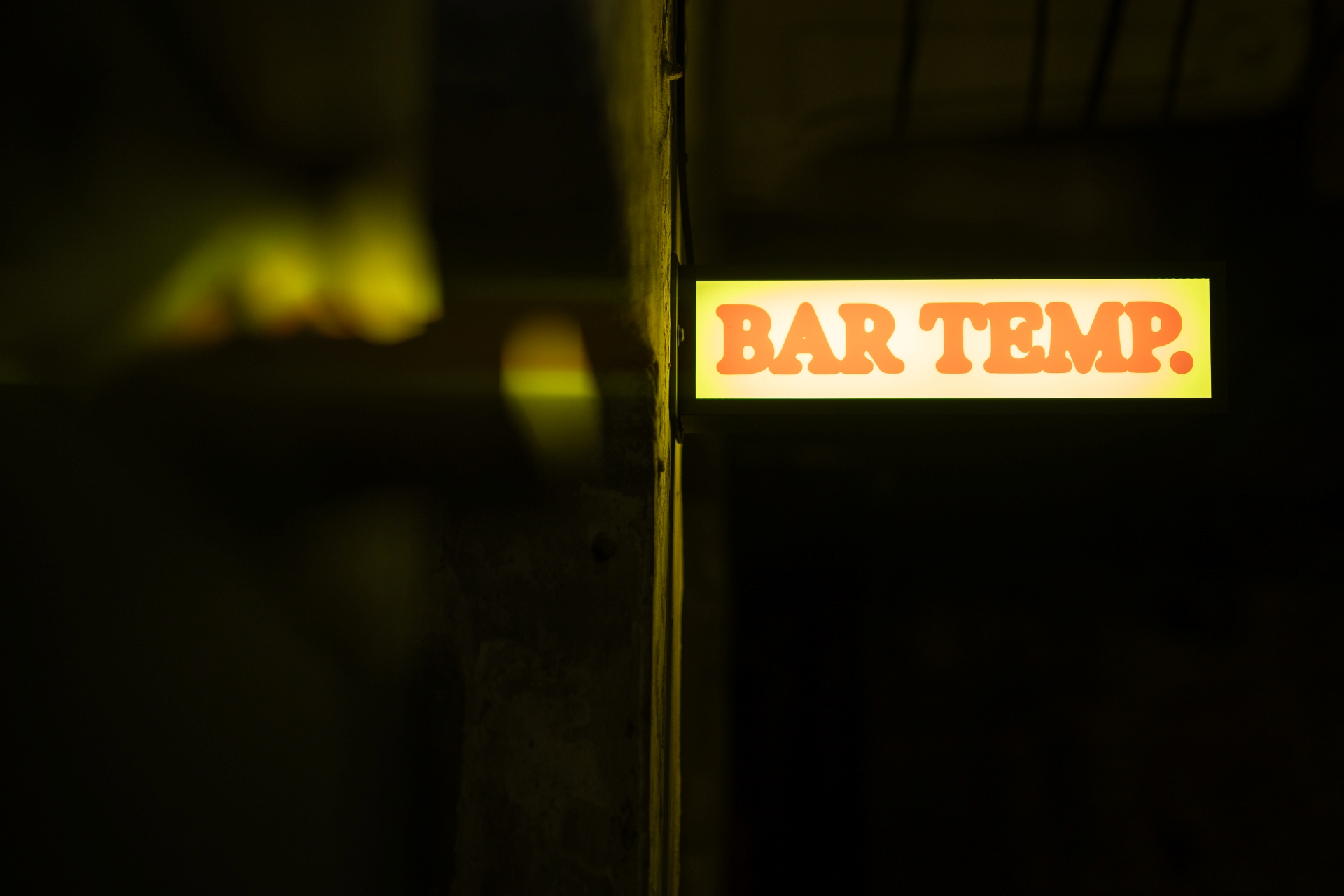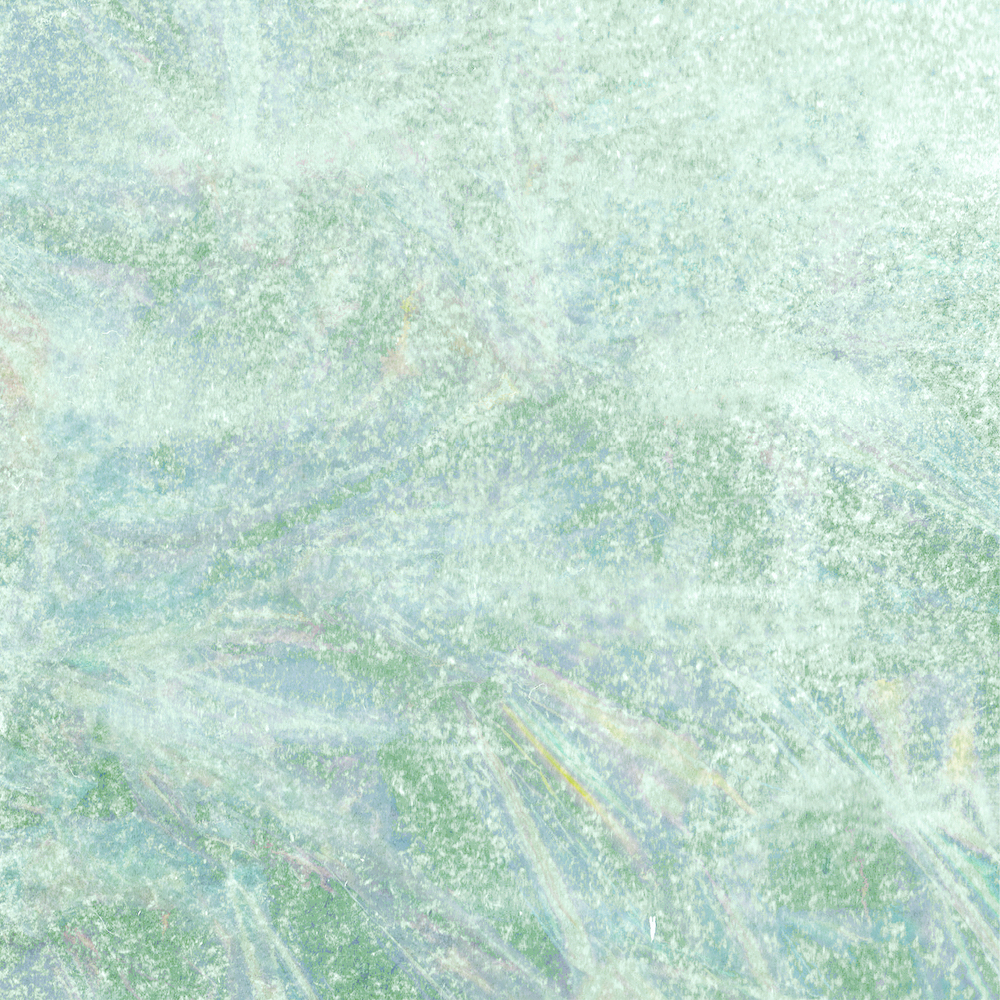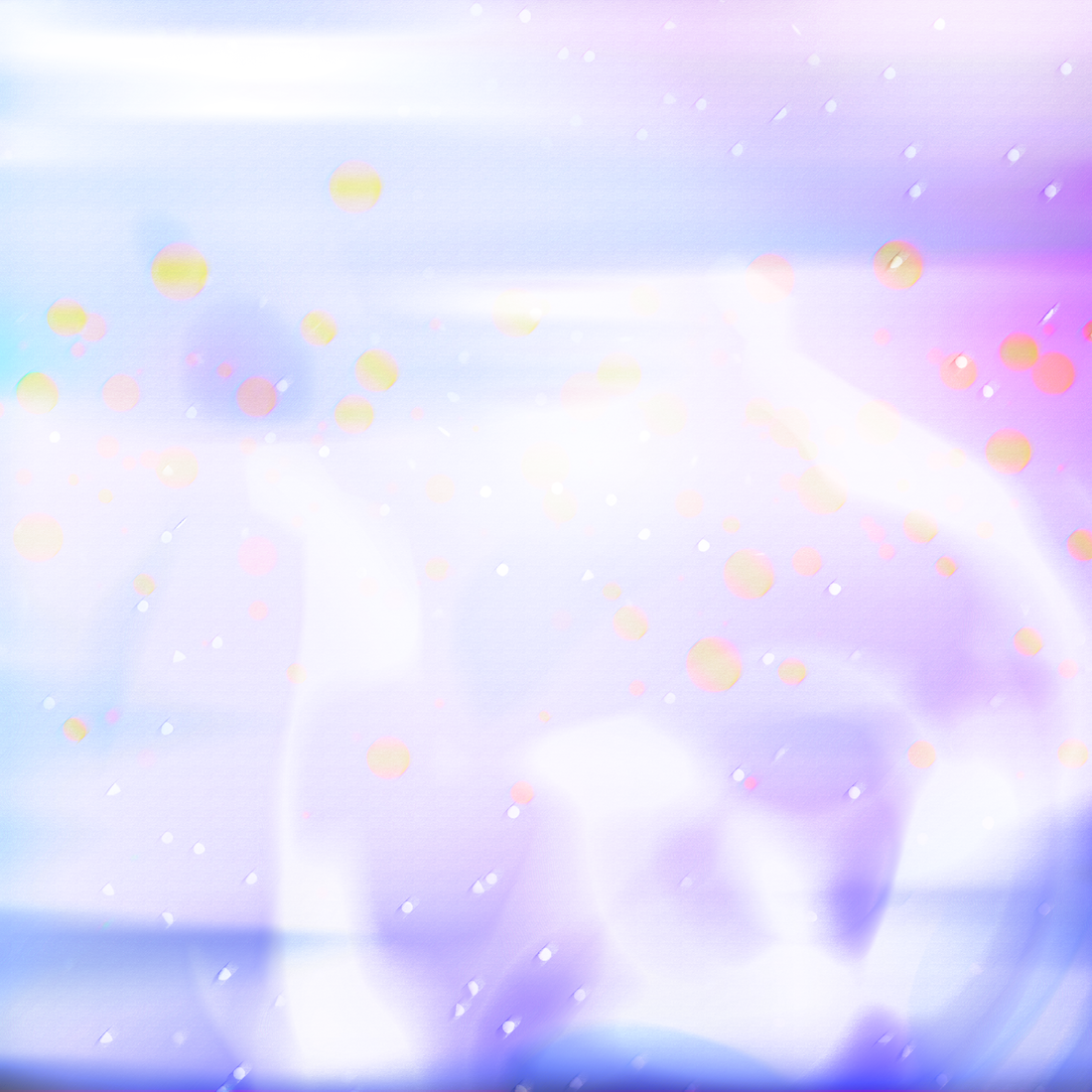Track By Track: Artefakt – Kinship
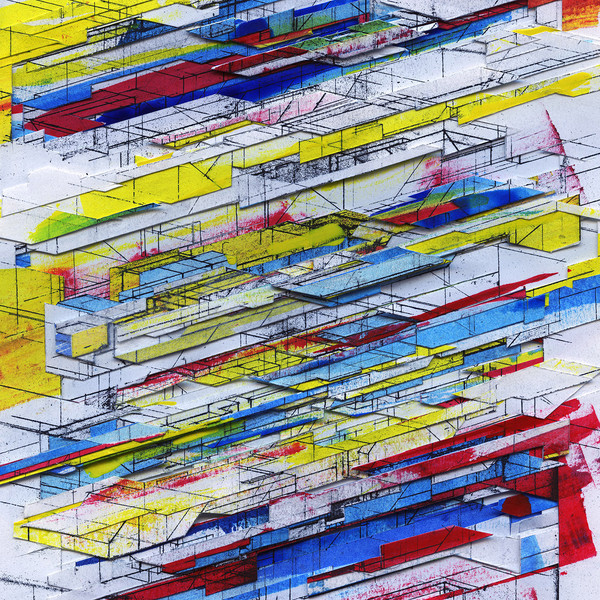
Delicacy within techno is something not often considered by most. However, long time collaborators Robin Koek and Nick Lapien seek to explore the depths of the genre, its limitations and intricacy. Their music often transcends what you might stereotypically expect to hear in the club and their latest album is a stunning example of this.
'Kinship' was released on Delsin in February and features an assortment of hypnotic pads, elegant soundscapes and melodic twists. We caught up with the pair to discuss each track as they guide us through the album below:
Kinship
The album is based on a framework in which we explore transitions and contrasts between nature and urban environments, drawing analogies to our studio practice. Within this context 'Kinship' could be described as a natural landscape with scarce concrete, man-made artefacts placed in it. The hiss and flutter in the pads of Kinship inherent to the tape processing for us felt connecting to the fractal complexity that appears in nature around us everywhere, it gives the sound an organic quality, ever changing slightly in timbre and giving micro-tuning modulations.
This initial resonant cluster, which swells into the stereofield builds a strong connection to the concept of an ocean, like harmonic waters flowing into the ear drums. The openness of this harmonic field and stretched spaced provides ground for the listener to channel ones' emotions, challenges and contemplations of the day, releasing yourself into the relationships of the LP.
Moving from this natural basis sounds of electricity are introduced through a high-frequent modular patch, making a reference to the city but still applying a chaotic, a-symmetrical approach in terms of phrasing keeping ties with natural structures. In the end of the track the city reveals itself through field recordings we made during our time in Tokyo, in this particular one we hear the Yamanoto line arrive at the Shibuya station.
Tapestry
This track originated from a very organic, one-take approach creating rhythmical patterns from a single source and dubbing these into a poly-rhythmical tapestry. All elements but the chords from this track are made with one synth, a synth we regularly use to make rhythmical patterns. The nature element is for us also present in the way the rhythms modulate and coalesce, originating from one analog source like a seed planted in the sonic soil and giving offsprings in different shapes and branches. The chords act as a window to the city, hinting to the passing shimmering atmospheres of nocturnal life in a vast metropolis.
Entering the City
In a relentless maneuver this track introduces the inevitable systematics and symmetrical organization one finds in city plan. For us this track really captivates the spirit of an urban environment, imaging a small society, in which the rhythmical elements build an infrastructure for transportation. This transport can a be a physical one, a mental one, altogether a spiritual one, navigated by the melodic parts. With the high frequency-modulated bell type of sounds we kept the theme of nature with a bird reference but now nature is clearly more subject to the architecture as opposed to shaping it. The dominance is on the man-made element. Inspiration for this track definitely goes to Carl Craig's old catalog as BFC in terms of structuring the harmonic arrangement.
Somatic Dreams
Where 'Entering the City' provides an infrastructure for the mind to wander and being transported through the urban, 'Somatic Dreams' was engineered to hit the listener on the physical, somatic level. This track might be the most ritualistic and shamanic in terms of bass sequence and low-end programming. While in contrast the harmony also bridges to this sort of escapist dreams as we connect to the first and second wave of Detroit techno, which were addressing relationships between man and technology from a utopian and creative practice beyond this world. Somatic is really moving from earth to the space in terms of our imagination behind.
Fernweh
This track truly embodies the idea behind the album. The track has a strong pulse and symmetrical rhythmic patterns that carry the pads that are made of a more organic tissue with more irregularities and imperfections. Around this there are organic moving patterns and feedback that move around the steady rhythmic framework and the slowly evolving bass progression.
Return to Reason
Returning To Reason also makes us return to our old roots in the Dutch acid scene, but then with our own take it. Undoubtedly the darkest track on the album, our musical impression of a city by night. This track sprouted from a live jam in the studio in which we processed the Xoxbox through some of our outboard effects and EQs. An approach we got very comfortable with playing live in clubs.
Tapeloop 1
We re-discovered the synth line of this track after playing an old cassette that we often use to bounce elements through the deck. We must have made the recording a number of years ago, after which we kind of forgot about it and re-discovered it by accident. We used these raw recordings as a source for this track, and layered it with a recording of an improvised performance we did 5 years ago in Het Stedelijk Museum in Amsterdam together with cellist Derck Littel. It was really magical to find these connections appearing with old material and new interpretations. This track also brings the album back to more nature-inspired elements with the overtones of the saturation in the tape shaping the melody and the feedback washes of the delay making little micro-pitch clusters in every note.
A special thanks to the Delsin crew for making this album possible, Marco Spaventi for his magical touch in the mastering and Arjan from Field Records for his ever-honest feedback in the creative process.
Buy the release HERE.












